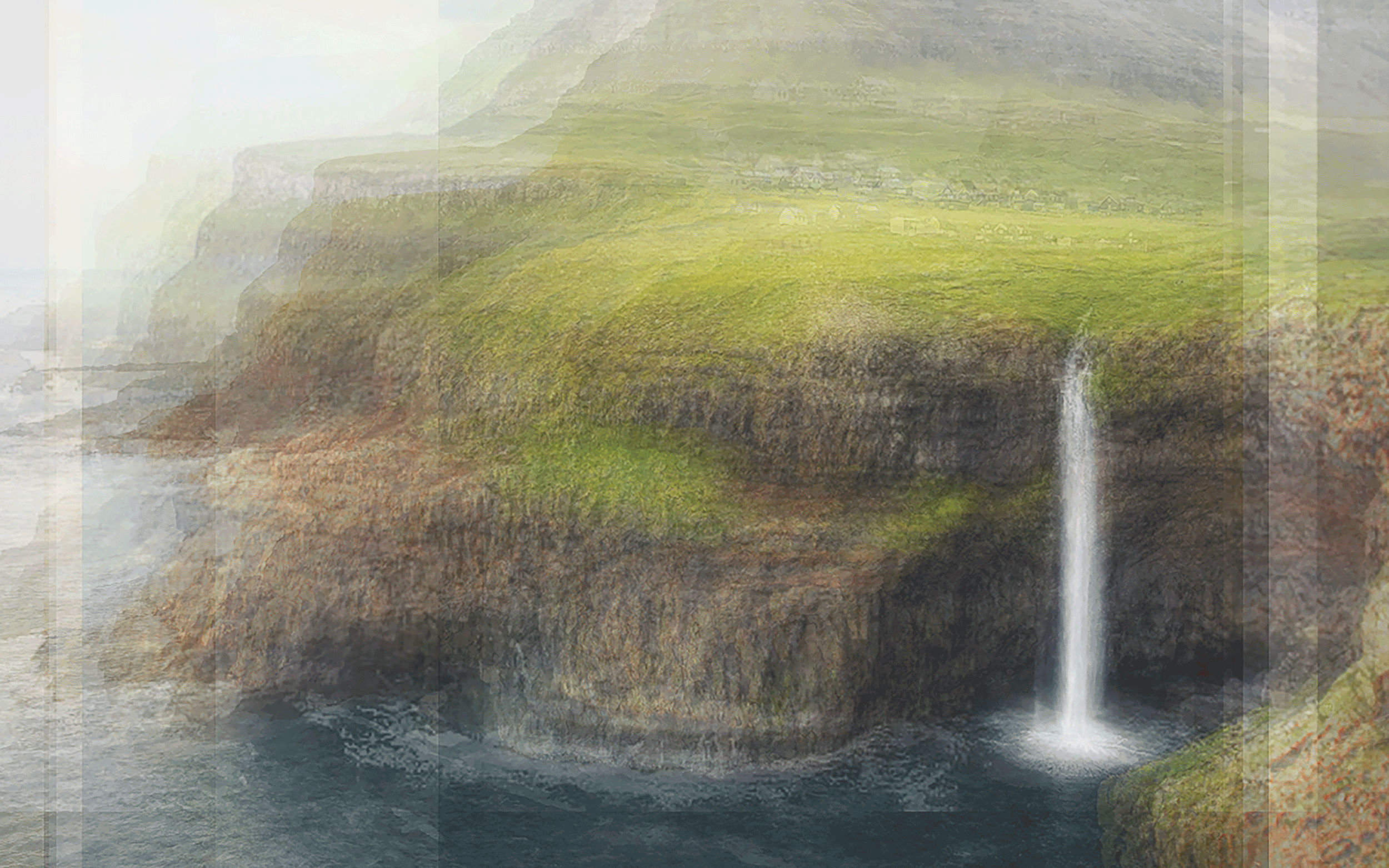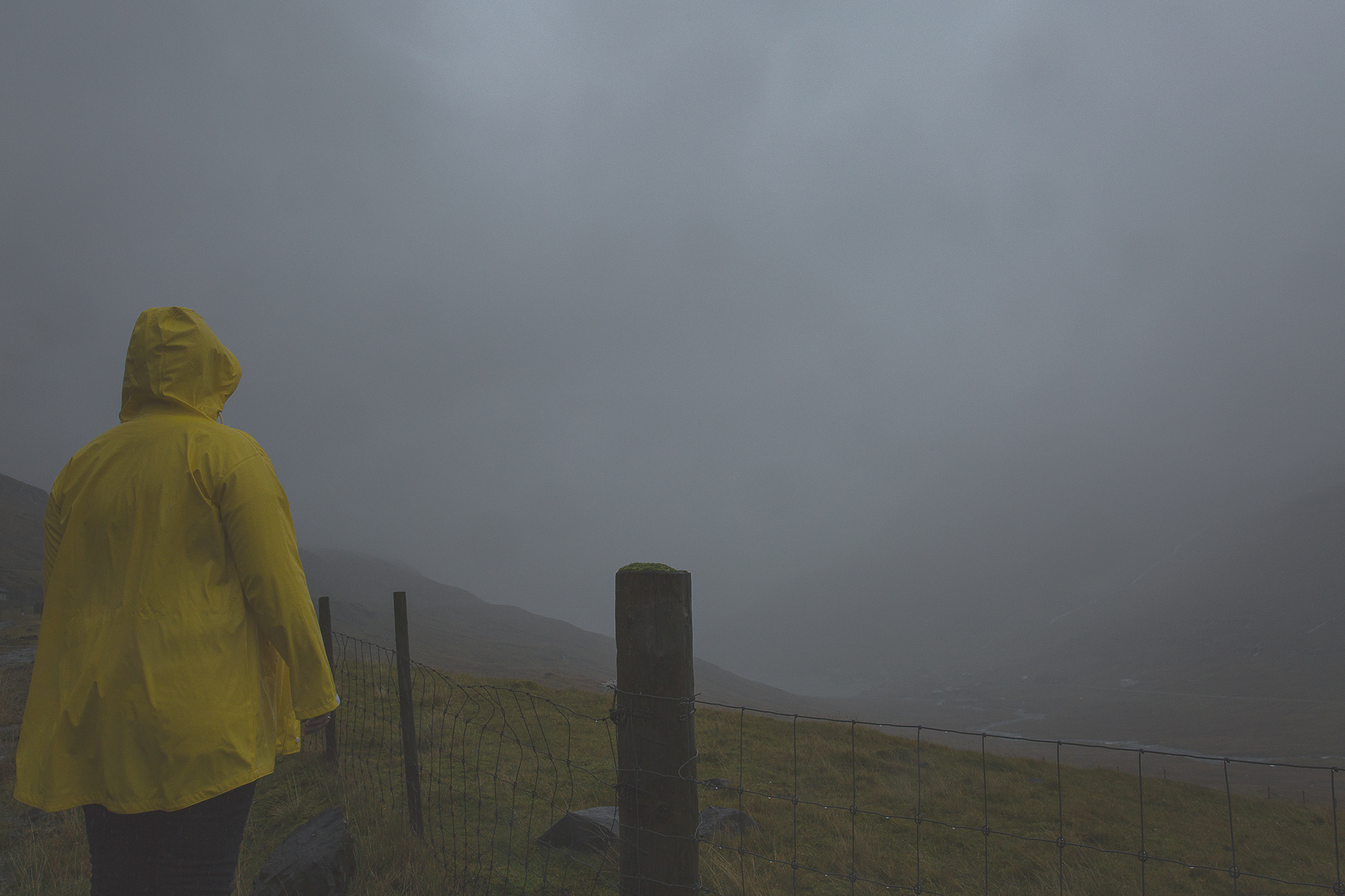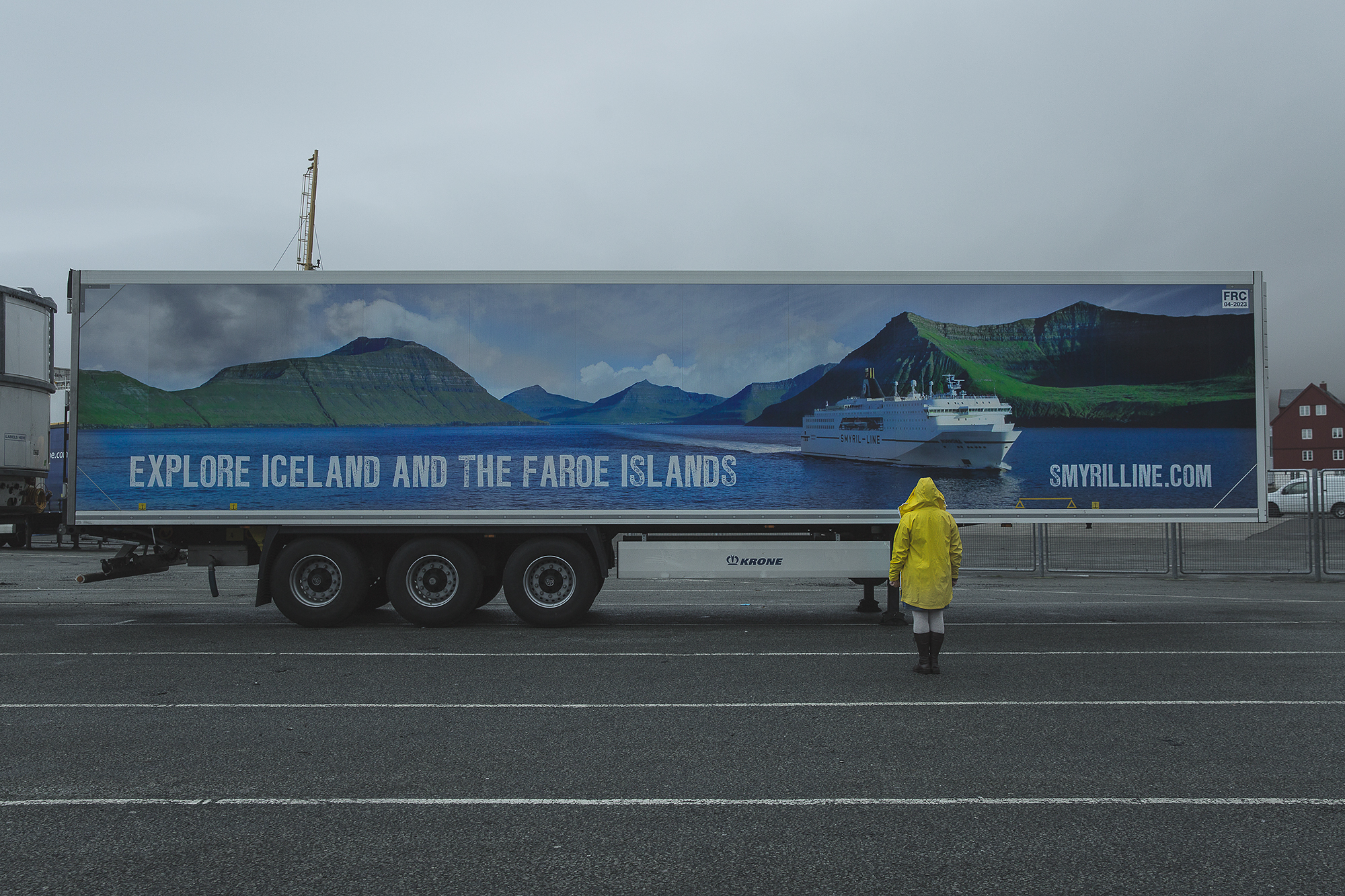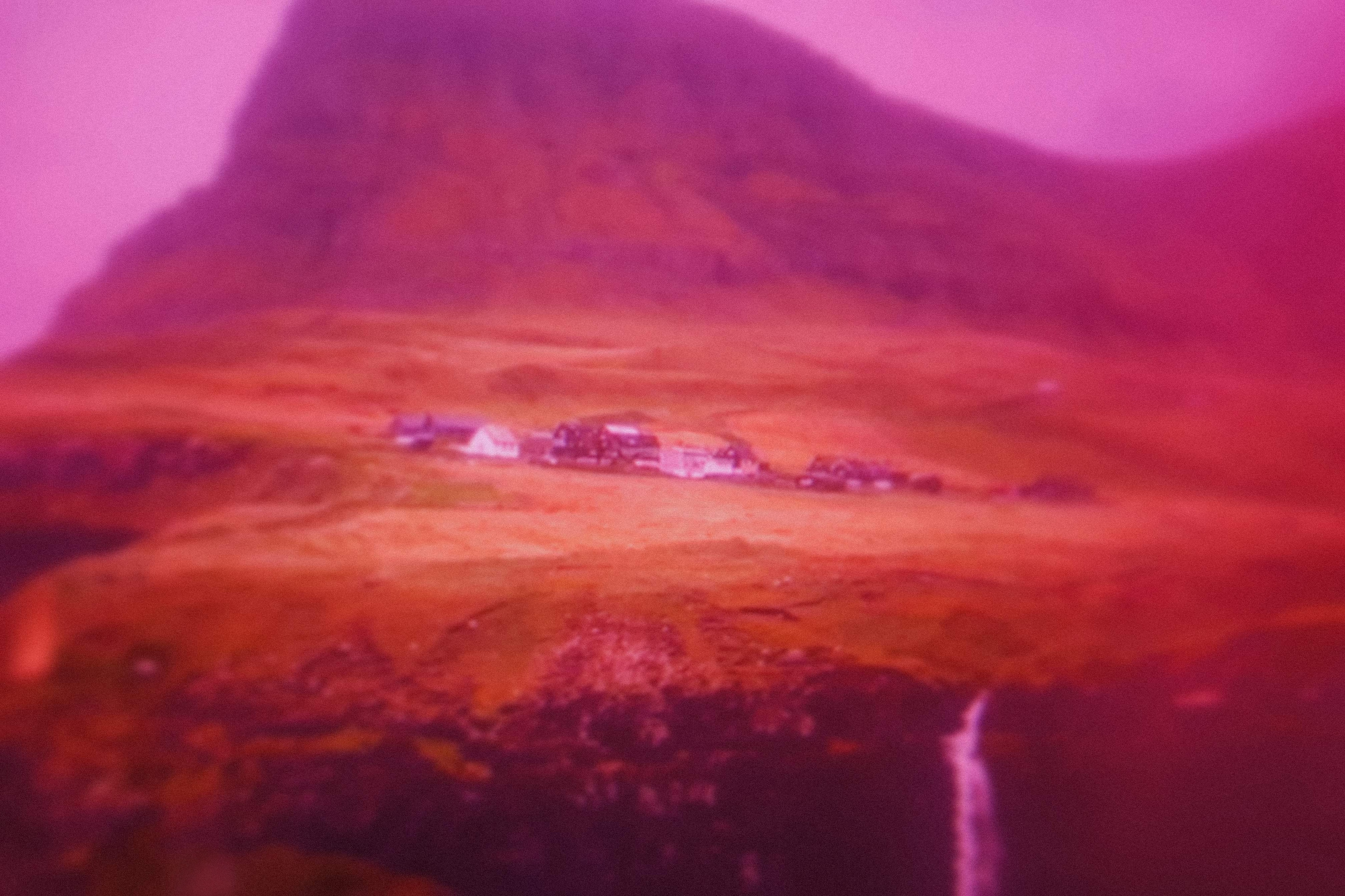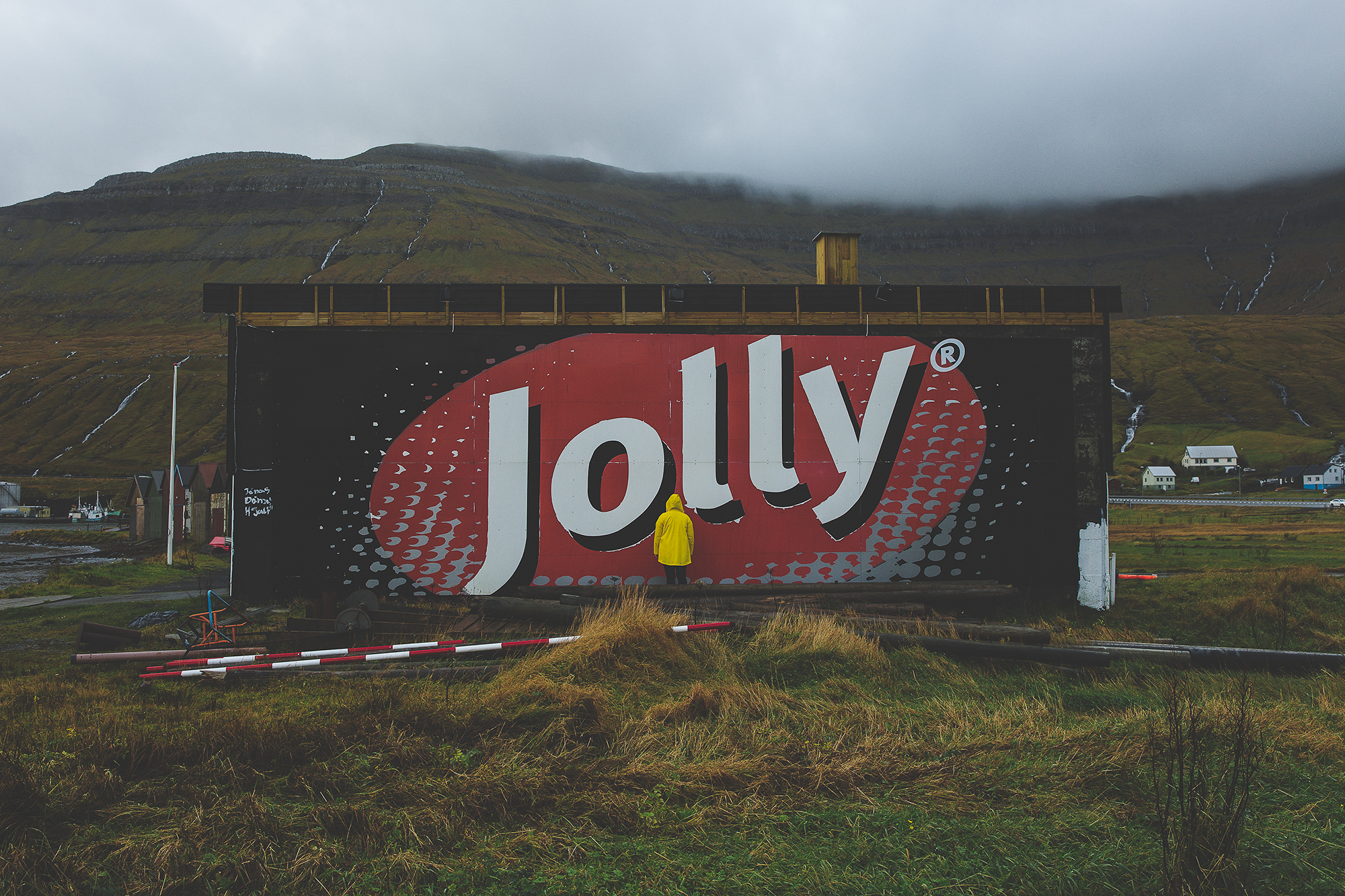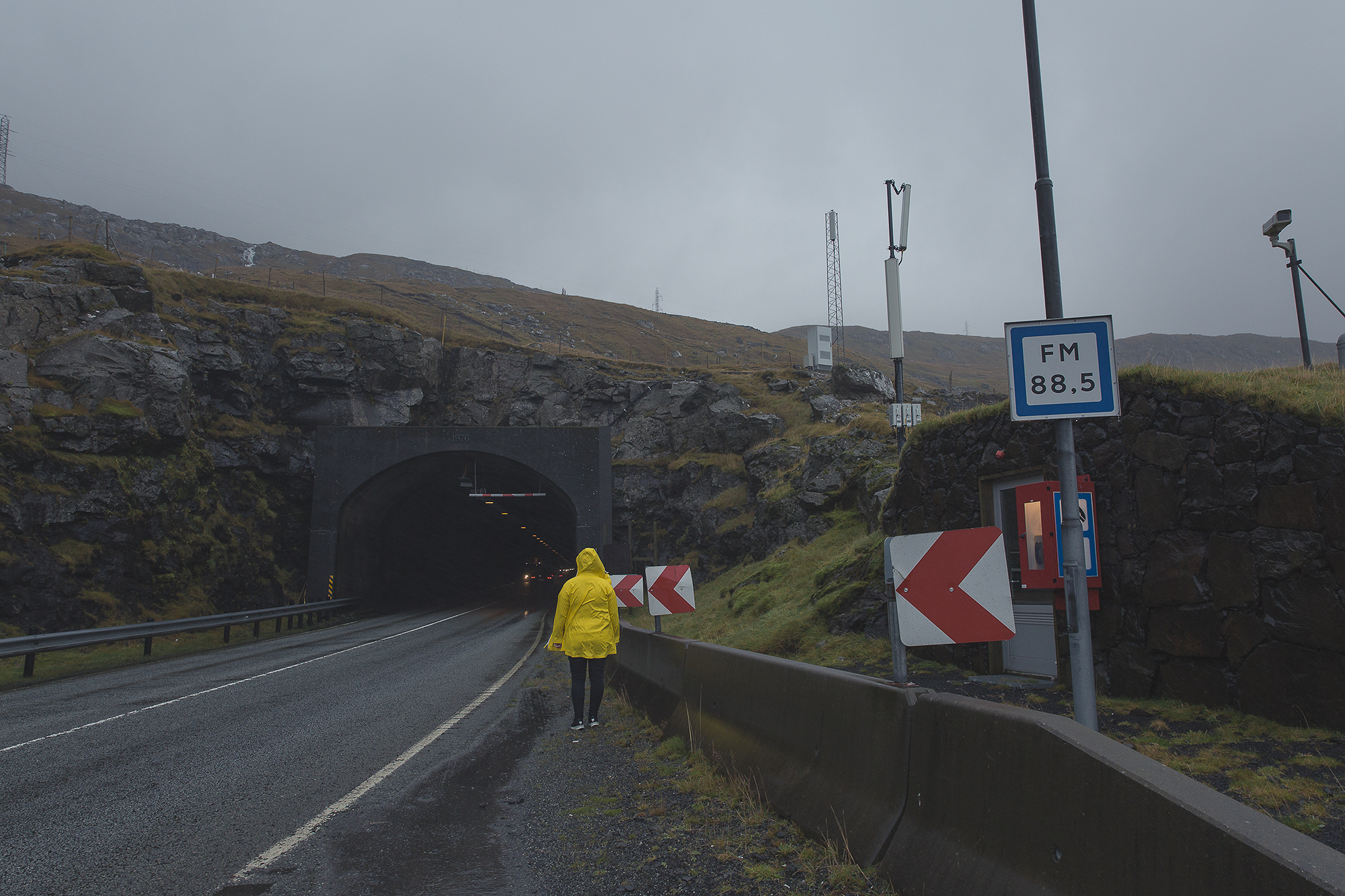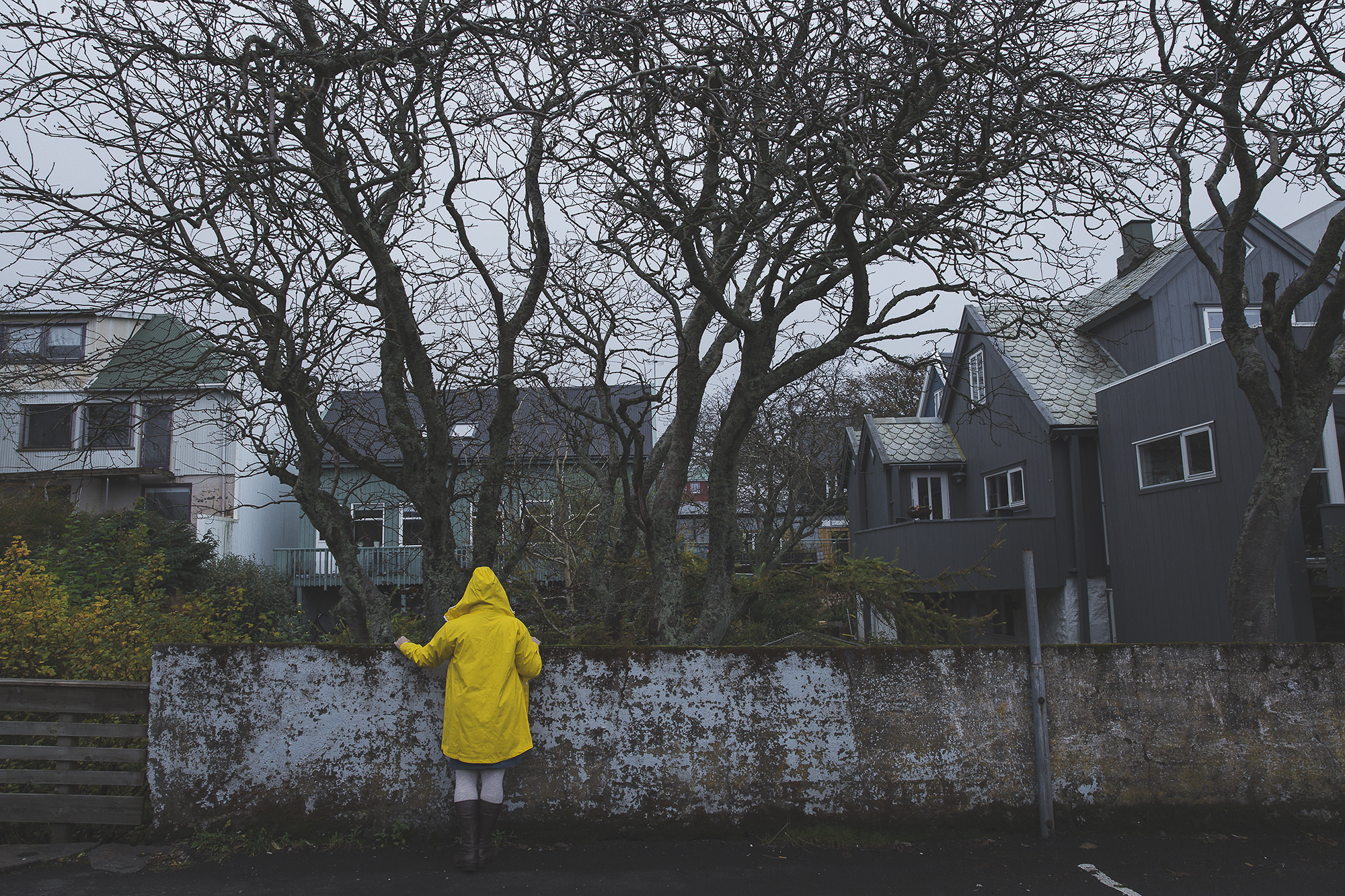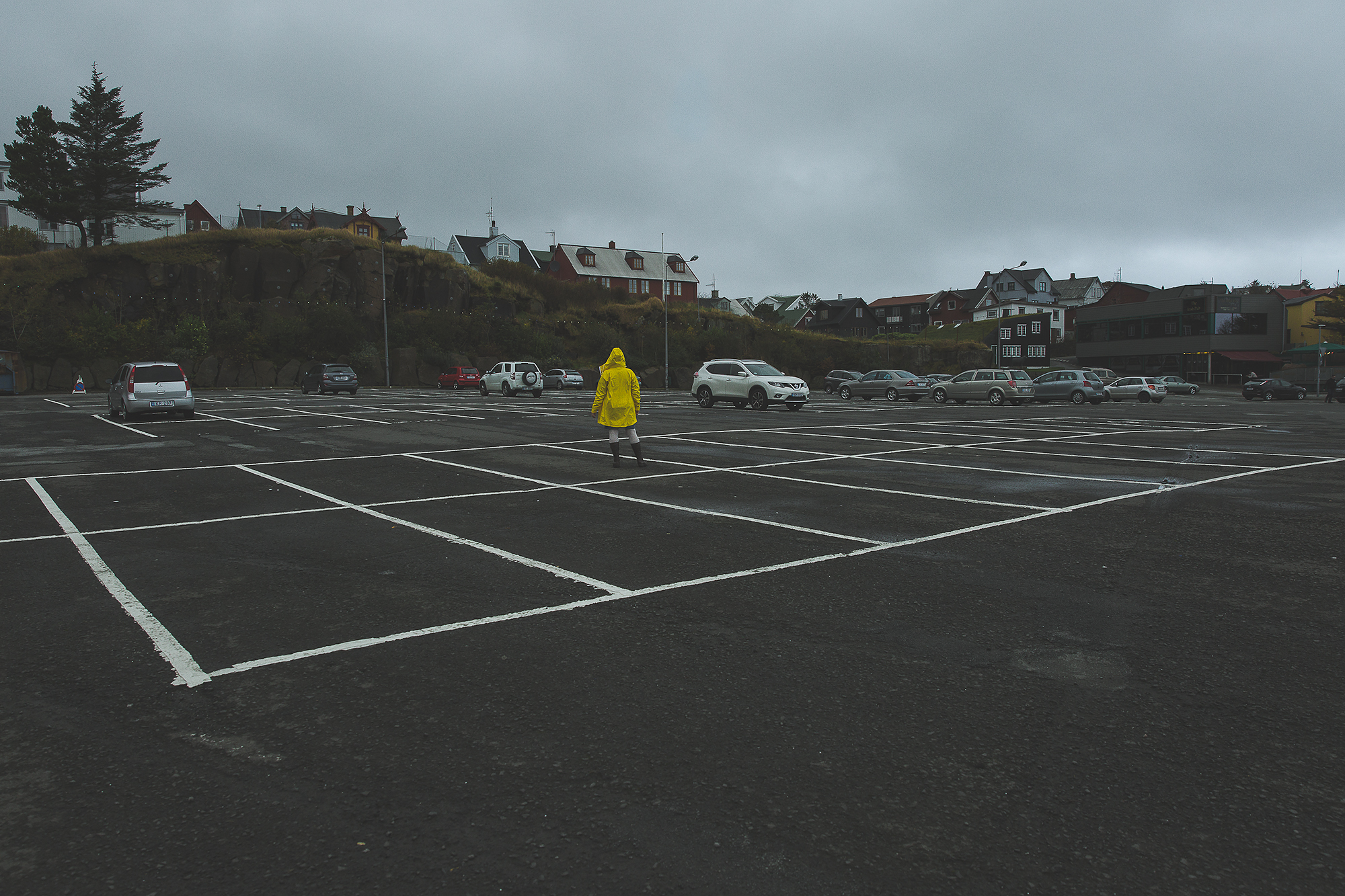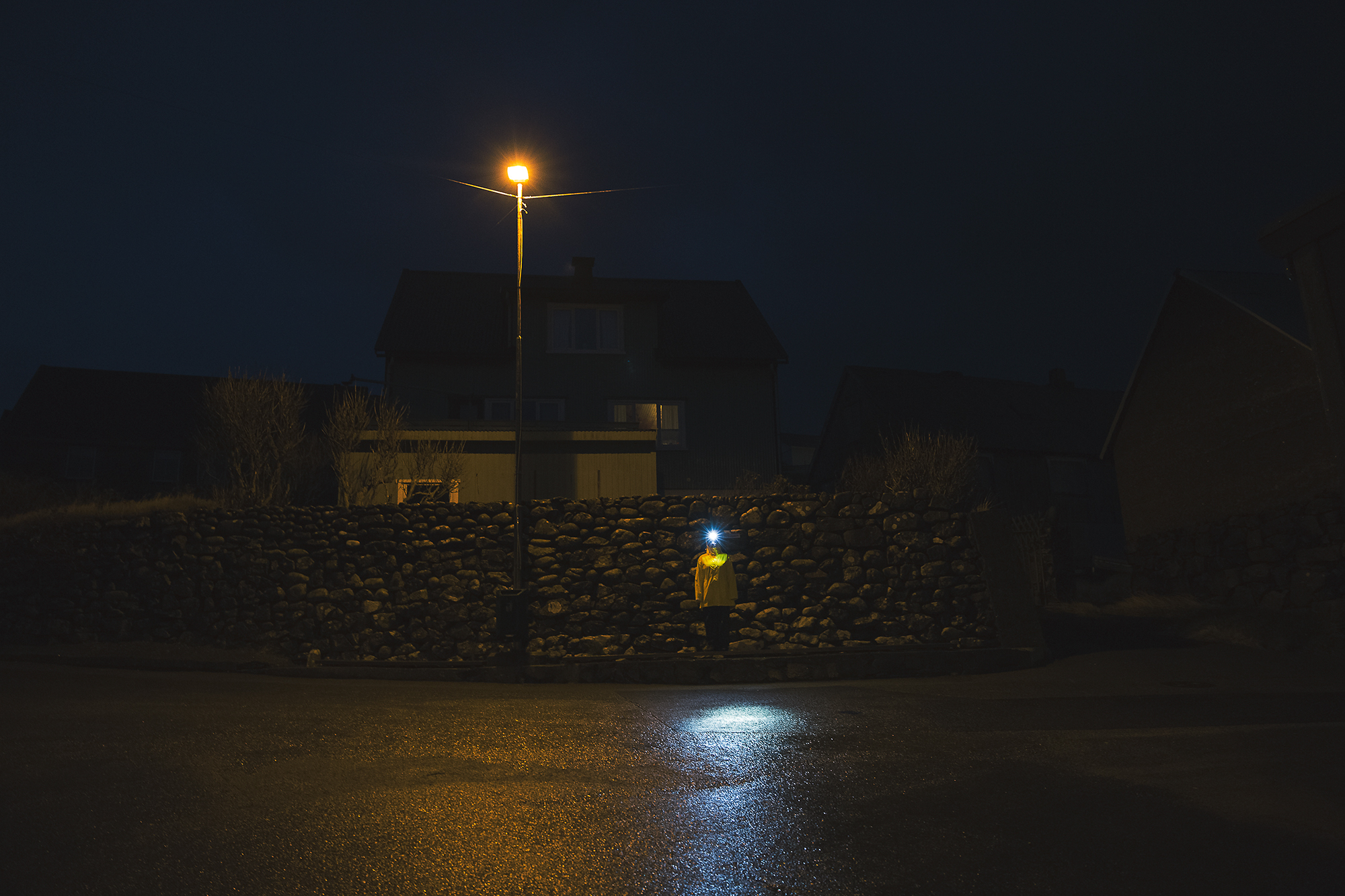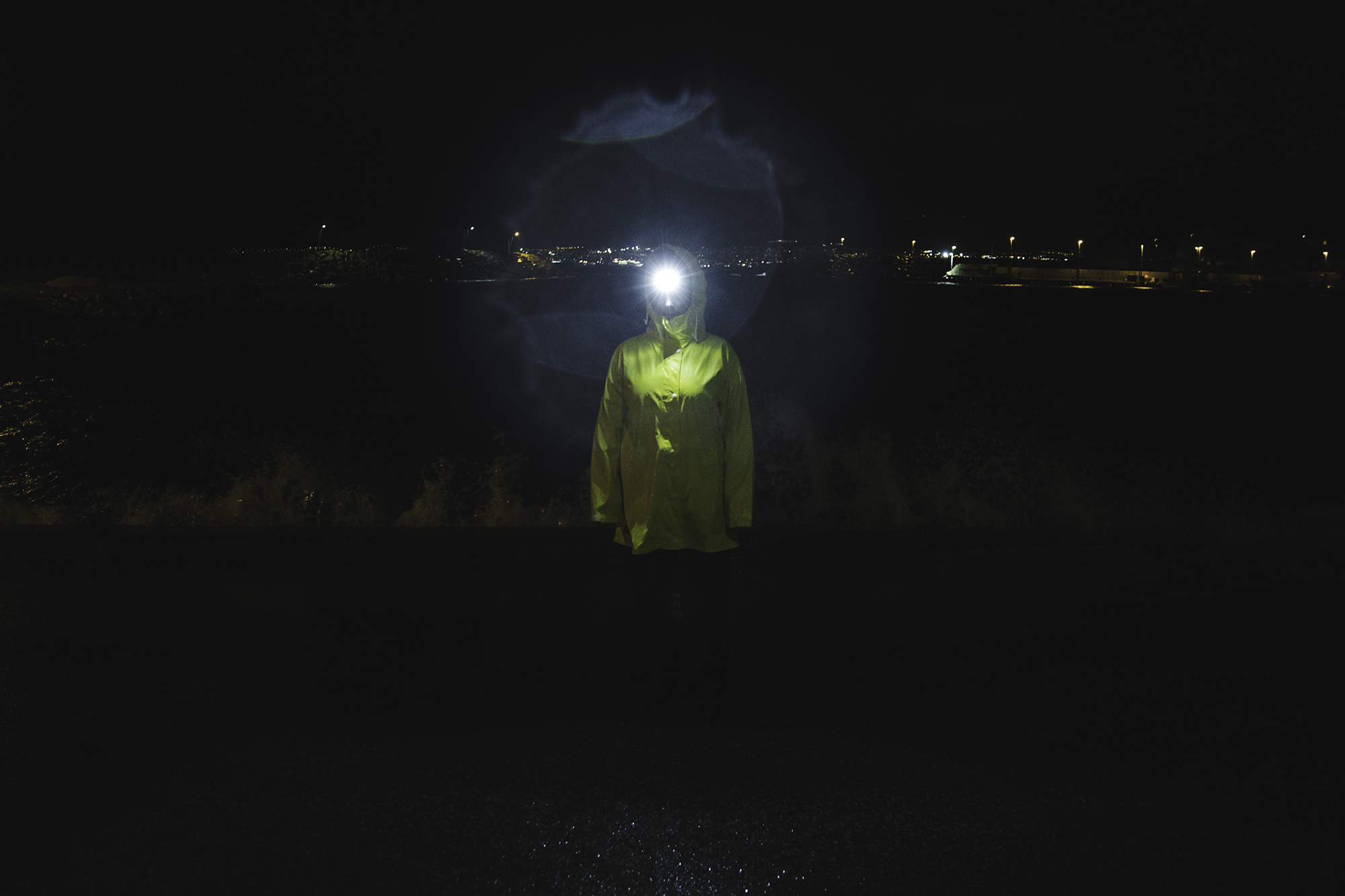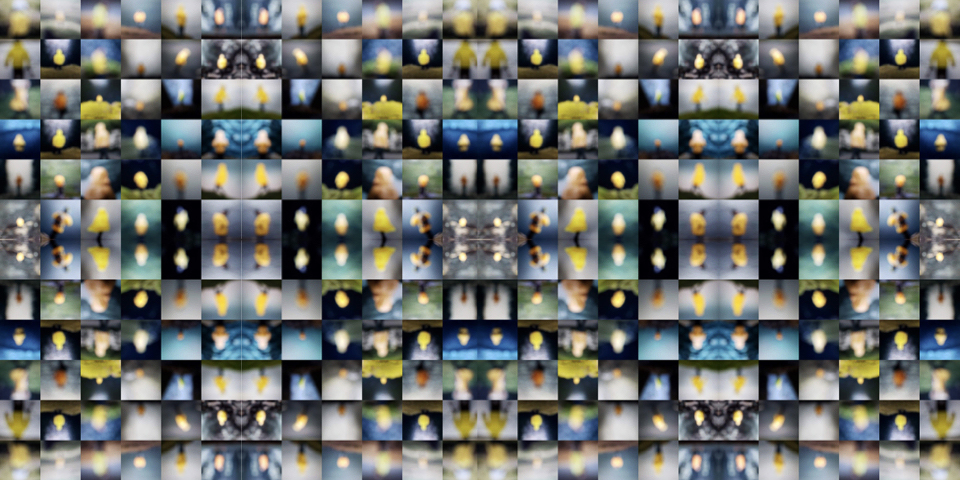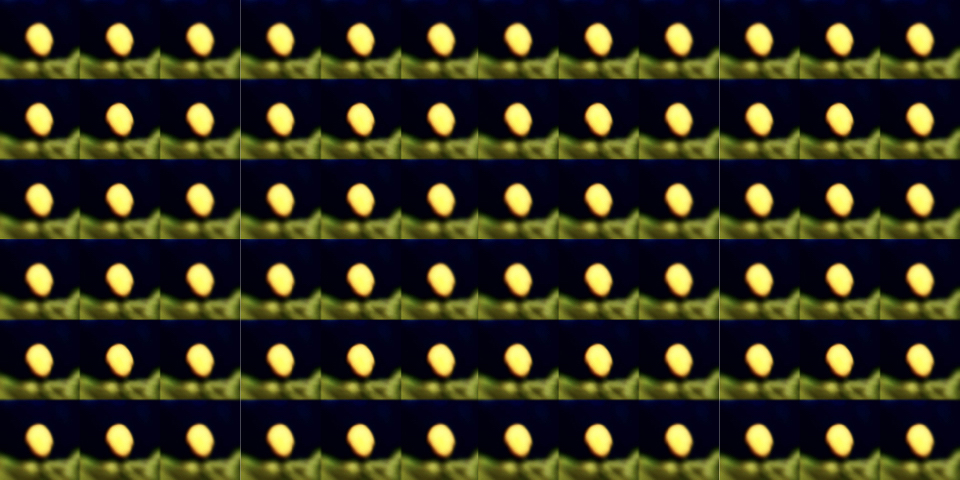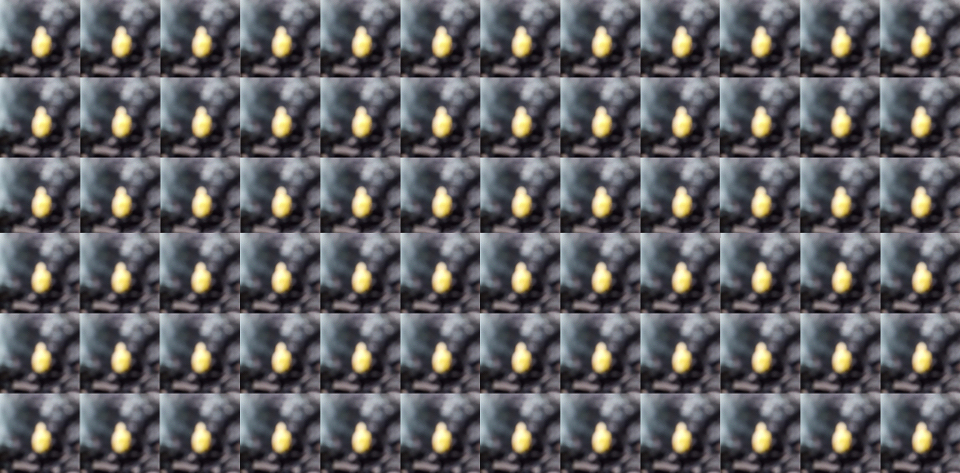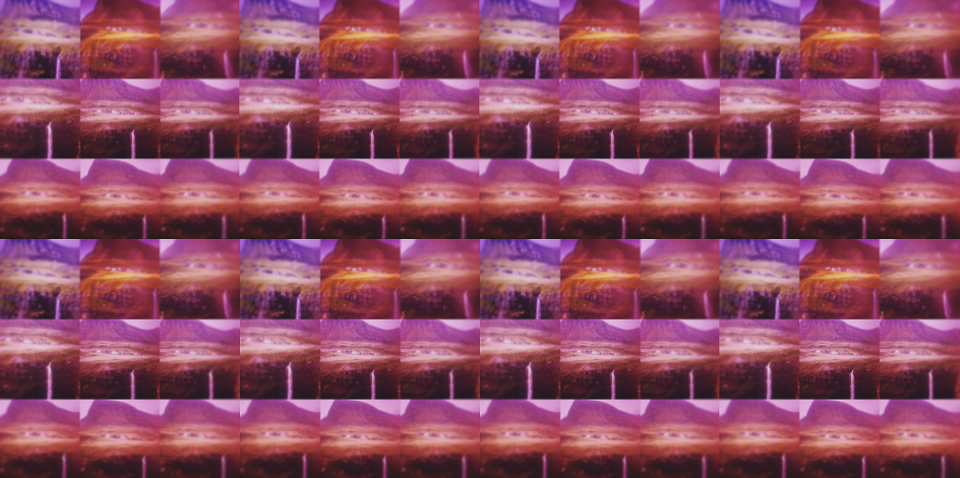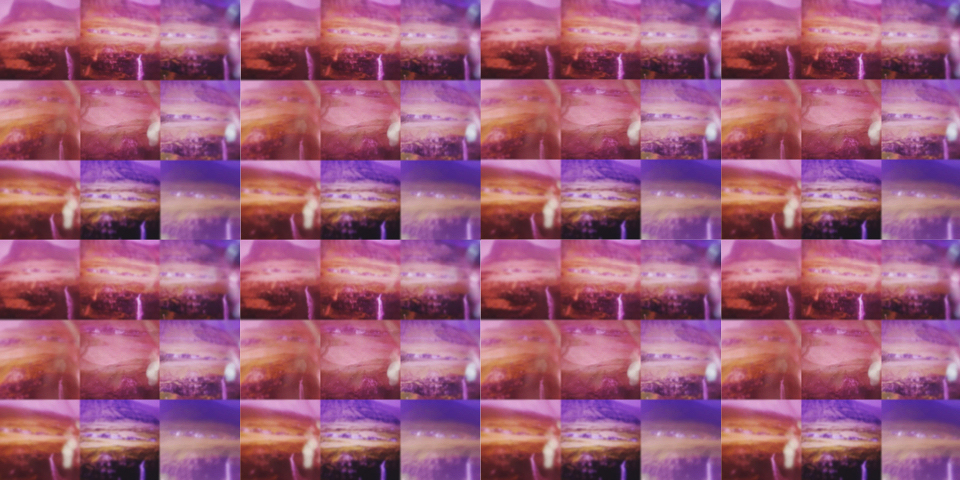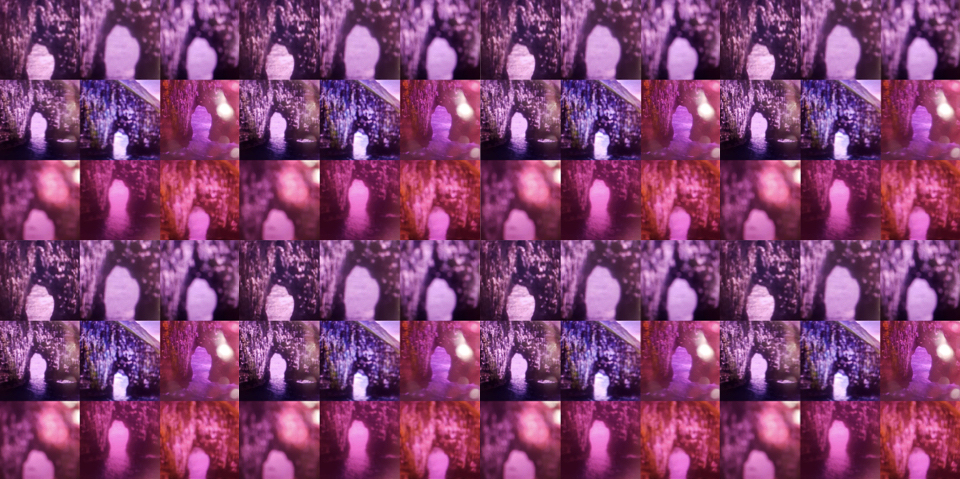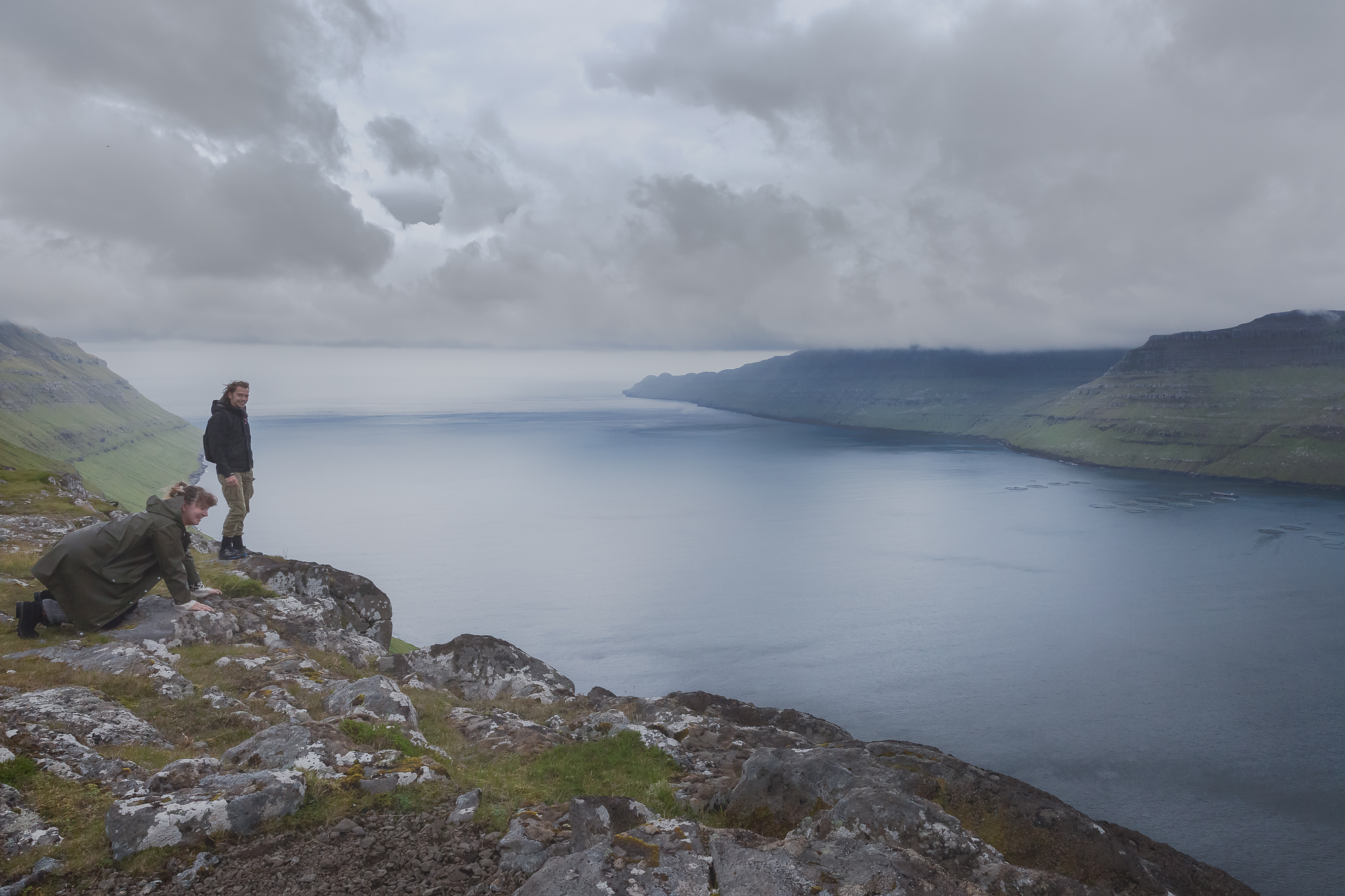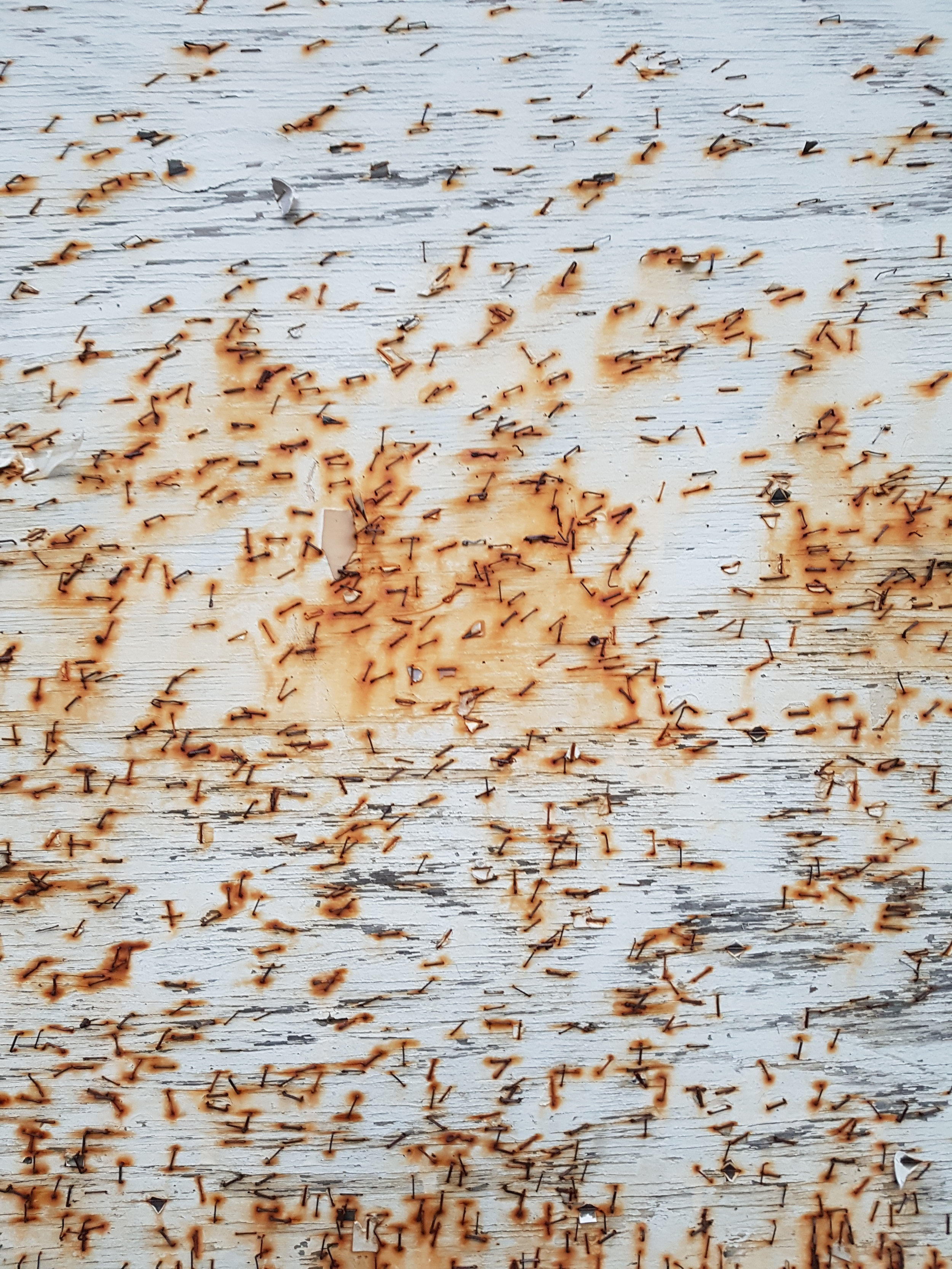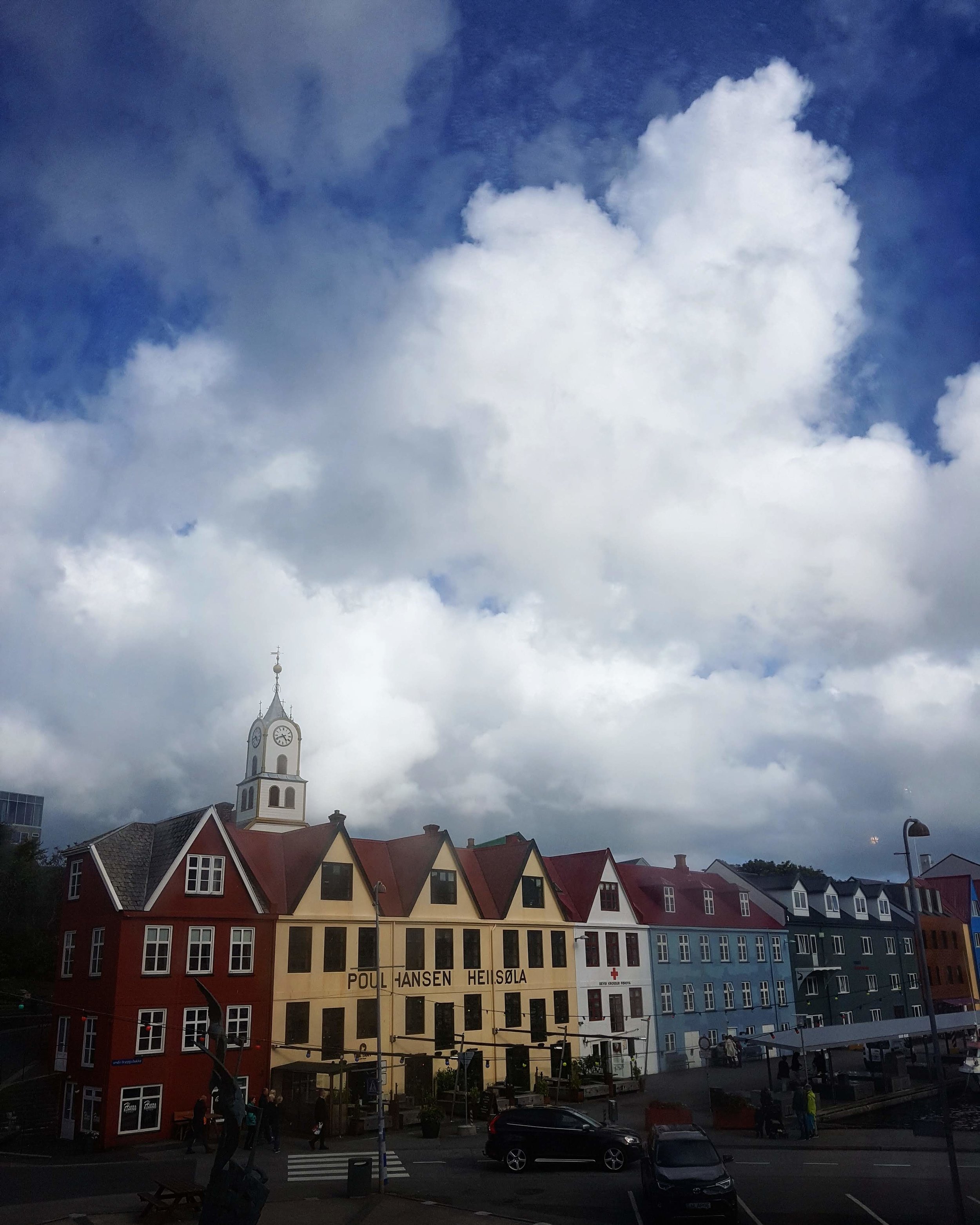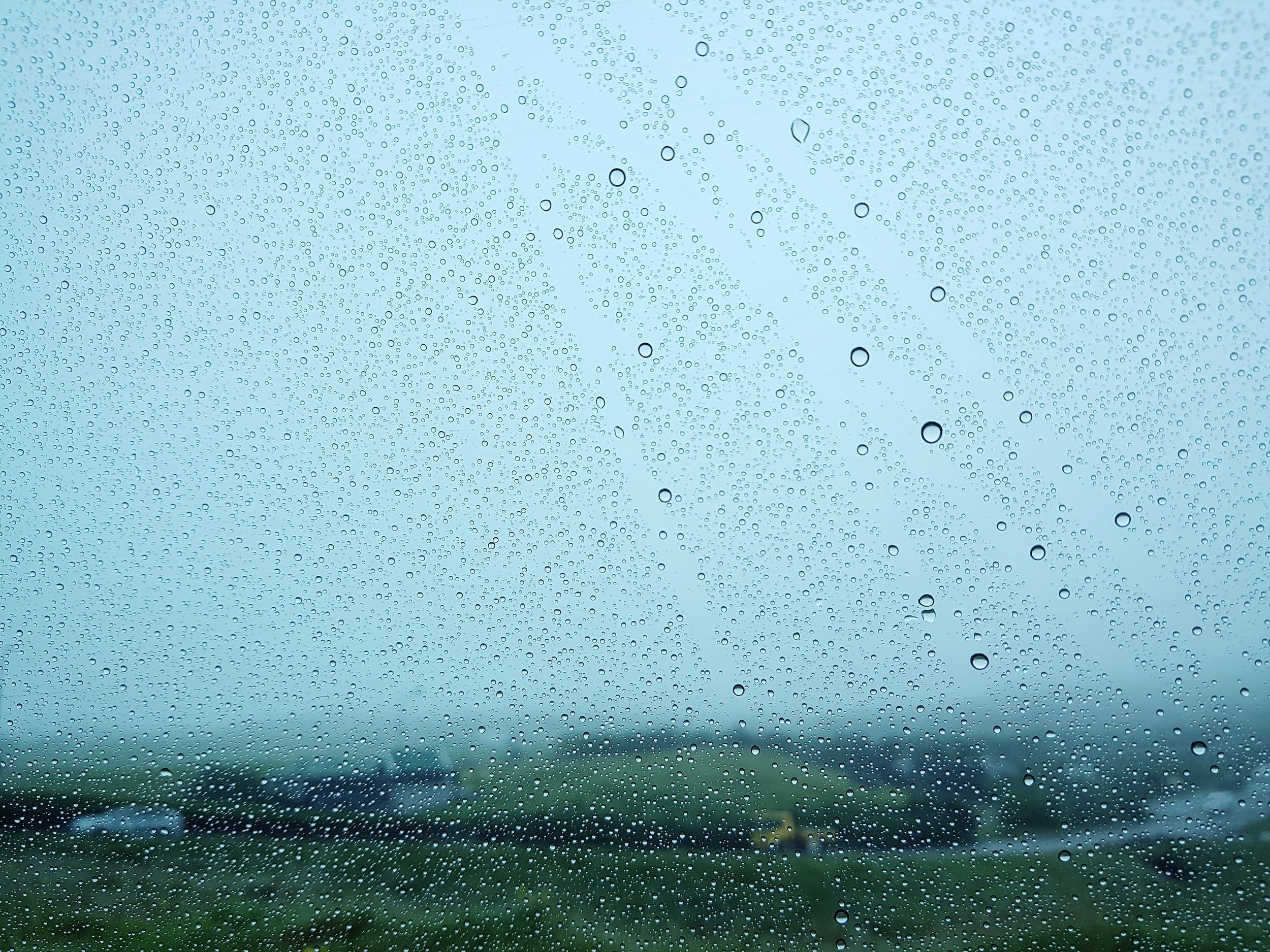A project description of an artwork-in-progress
Eija Mäkivuoti
Another Faroes. The Unbearable Lightness of Giving a F**k (A Thousand Faroe Islands)
A Multi-Dimensional, Collaborative and Dialogic Art Project about the Emerging Mass Tourism on the Faroe Islands (and Elsewhere)
The collaborative art project ponders on the complex phenomena of an emerging mass tourism in the Faroe Islands from a critical vantage point and from multiple perspectives. In growing amounts travellers are "discovering" Faroe Islands as we speak. An ambivalence emerges, as the locals need tourism as an income, but most of the time the increasing tourism is not sustainable. In many places it has become over-tourism that destroys places. In these tourist destinations the local people are reacting as the amount of tourists exceed the amount of locals and leaves soon no place for them – to some extent tourism can be good but there is also the other, darker side to it.
What happens to these "un-discovered" islands if this trend of increasing tourism continues? What does the local people say and feel? How does these visiting explorers portray the land they "discover"? What do they leave behind and how do they affect the local socio-cultural-environmental context? These are just some of the questions that have emerged through this on-going collaborative investigation. The art project slowly takes form through encounters with the locals on location but also through encounters with big data online. It entangles with the AI's and the aggressive commercial algorithms in social networks – shaping into dreamlands and world-views that devour us in attention economy and in a greed to get there – the bucket lists of the world are filling with the Faroes as their prime destination for the year 2020.
The investigation takes many forms. As something tangible like a series of printed photographs but also as presences online – it forms through collaborative arts practices and storytelling. And as insta–activism. The works comment different aspects of the phenomena of tourism and visiting places, crystallises some insights and pondering into visual forms but also attempts to add another dimension to a one dimensional portrayal of a nation that is branded as an exotic wilderness tourist destination.
Part 1
A Thousand Gásadalurs (With and Without the Hipster Tourists), 2017
This series comment and ponder on a phenomena within travel photography and mass tourism. The travellers all come to the same spot, take almost the same photo. In this case the focal point is the waterfall in Gásadalur, which is one of the most photographed place in the Faroe Islands.
There has been a change within the past few years in how Faroe Islands are branded, marketed or narrated through visual imagery. The aim is to attract the adventure explorer traveller, the heroic travel photographer and the hipster, to “discover the undiscovered lands”, and the travellers do exactly that – portray the remote wilderness and the cute little villages with the turf roof tops.
The travellers portray majestic and sublime landscape sceneries that can be further used in marketing the lands to an ever growing mass of contemporary explorers arriving to these lands to claim the same sceneries. The heroic explorer traveller places one person in the picturesque landscape. It is the archetype of this contemporary explorer (the tourist, the brief visitor), who had this specific destination on their bucket list. The evidence can be published on Instagram, so it can be used for further marketing. The aesthetics for this kind of (commercial) landscape and travel photography derives from the romantic era landscape painting, in the spirit of David Kaspar Friedrich and his painting “The Wanderer above the Sea of Fog” (1818). The gaze of the tourist, as far his eyes can see, claims these “unexplored” lands (or so they are let to believe).
More about the on-going collaborative art project and this particular series here.
Part 2
The Yellow Raincoats, 2017
The series studies phenomena within travel photography and mass tourism as well as the power of the social media as a shaper of world-views and narratives of the world. Foremost, it studies the emerging mass tourism on the Faroe Islands through collaborative storytelling, in dialogue with some local people. This series focuses on the study of the generic visual aesthetics, as well as behaviours, emerging in a vast amount of photos on the social media, foremost on Instagram. It is also an attempt to counter a one-sided imagery appearing to depict the Faroe Islands. An ever-growing mass of travel photographers arrive to portray the islands as a majestic and exotic place without almost any people, any contemporary architecture nor signs of contemporary life whatsoever. The cute villages are inhabited by some mysterious hobbit people.
The performative photos are made in collaboration with some local people. The person in the photograph is wearing a yellow raincoat, taking the place of the tourist in the photo – they are symbolically taking back the power to show what the visitors ignore or do not choose to portray when they explore and discover the small island nation in the midst of the Atlantic Ocean. The yellow rain coat is a stereotype, a generic aesthetics, you see the "Wanderers above the Sea of Fog" wearing, when they are gazing at the romanticised natural scenery, the landscapes, they have “discovered” and collected into their photograph-trophies (Sontag, 1971) – this is done over and over again – in the same locations. The locals comment on how they see their land depicted by the visiting adventure photographers, the commercial travel photographers, the Insta-famous – to show another Faroes – adding more dimensions to a portrayal of these lands. Marjun's locations are from our walk around Tórshavn, Urd's locations from a road trip we made in Oct 2017. Mariann's locations are from the village she lives in.
More about the on-going collaborative art project and this particular series here.
Part 3
The Insta-Investigations – the Algorithmic Portrayals & Stereotypes, 2018
A series of Instagram studies using the big data on Instagram and social media. It studies the visual stereotypes within travel photography taking over online – dictating the people’s view of the Faroe Islands. I pick up the visual approaches that occur most frequent to portray a land and its people (as a tourist destination). These “popular” views are enhanced by the algorithms – soon they become the overwhelming view that take over – showing the Faroe Islands as a wilderness up for the taking, to “be discovered” and “explored”.
For this investigation I follow many sites, Instagram accounts and hashtags. Look at and browse manually through tens of thousands of online images depicting the Faroe Islands from the tourist’s point of view. The amount of these generic and exotic images makes me sad and upset – I become unnerved over the power of Instagram on the behaviour of people, how they act and how they see – these images are part of the marketing strategy that makes people come to the Faroe Islands. Many times these people do not bother to find out where they are coming to, or pay attention to how to behave or to act there (here) – in the worst cases the rescue helicopters needs to be deployed when the quest for the Insta-moments fail…
Part 4
A Quiet Wonder – The Insta-activism, 2017–2019
A Quiet Wonder is a series of mobile phone photographs from my visits to the Faroe Islands. I have been visiting since 2008 and have been committed to this place and its people ever since. I have worked on many different art projects together with the locals I have gotten to know. First, I came for the metal music, no one knew me. Suddenly I was just there, the a bit weird, silent Finn. And yet there I am still. Committed to this place and its people. There is a silent, quiet wonder and a respect – it does not want to scream or to create a spectacle – nor does it want to exploit it in any way. It is a look from the in-between. Not really a stranger anymore but always visiting. Always returning. Therefore, the photos are tiny crystallised moments, signs of a being-with the people and this place. After all the time spent there (here), I have become one of a community that has embraced me in its warm and loving embrace. Each time is like coming home, a gentle warm breeze in the hair in the midst of the storms. Each departure as heartbroken. But I have learned to trust that there will be a next time – until next time (næsta ferð), we say.
This series is a tryout to add alternative views or perspectives into the Faroes, to add another dimension to the aggressive flood of photos by the Insta-famous that portray the Faroes as a remote, undiscovered, exotic wilderness that is there for the explorer to conquer. I feel a need to add an “Another Faroes” to this imagery. The photos are mobile phone photos and published first on Instagram.
#aquietwonder #belovedfaroes #treesofhavn #havnbynight #therealfaroeislands #realfaroeislands #tulogaf #supernovatourist
Part 5
Artist-in-residence at HeiMA festival 2019 / Festival Artist 2020 -> 2021
A Coffee Break with the HeiMA artist-in-residence Eija Mäkivuoti 2019
Mariann①Rógvi - 29 Á Ryggi
The HeiMA 2019 festival artist-in-residence, Eija Mäkivuoti, had a short presentation around a cup of coffee about her ongoing art project Another Faroes. The art project investigates together with a group of local people the emerging mass tourism on the Faroe Islands. How it manifests – both in good and bad. During the artist-in-residence she stayed with Mariann and Røgvi at house nr. 1.
Eija is a visual artist/photographic artist from Helsinki, Finland. She has been working with different art projects in the Faroe Islands since 2008. Between 2008 – 2010 she made a photo documentary about SIC called Fighters They Bleed. In 2015 she published an art book Havin hjá Birgit (Birgit's Garden) about the Faroes together with the Faroese publisher Sprotin. She has also worked with the Faroese music scene in many ways. In addition she is the chair of Tjaldur – the Friendship Society Finland-Faroe Islands based in Helsinki that promote friendly ties and collaboration between the people from Finland and the Faroes.
As the HeiMA 2019 artist-in-residence Eija had a takeover to the festival's Instagram to make a series of photos from the festival, portraying her encounters and experiences during the festival day that will become a part of the Another Faroes art project. Eija encouraged people at the festival to post their perspectives from the festival on Instagram or social media and tag their posts with the hashtags #heimanolsoy, #HeiMA2019AiR or #HeIMAEIJA. All the photos tagged with #HeiMA2019AiR or #HeiMAEIJA will become a part of Eija's Another Faroes exhibition at HeiMA 2020 (that is postponed until HeiMA 2021 because of the COVID-19 pandemic).
#HeiMA2019AiR #HeiMAEIJA
www.heima.fo
The art project is a work-in-progress – more artworks will emerge.
Technical Rider
The part 1 artwork A Thousand Gásadalurs is compiled as an installation of prints, objects (e.g. small light boxes) and portable small lights and mobile devices. The gif-animations are displayed on an old-school digital photo frame (160 x 260 mm).
The media/online artworks are projected on the wall & onto a flowing surface of fabric (for this is needed 3 FullHD projectors with mounts).
For the Instagram series The Quiet Wonder, the audience can also use their own mobile phones or tablets on site (via hashtags).
The Yellow Raincoats series are photographic prints in the size of 300 x 450 mm (as posters without frames/mounting=lightweight, mobile).
There might be different /additional works or changes to the works, as the work is still in-progress and the above work drafts/visual thinking – most likely there will be an audiovisual / textual work featuring the voices of the participating local people joint to the performative photos.
Workshop / additional program
I am devising a collaborative storytelling project, a workshop for a collaborative Insta-hack, in a tryout to add another dimension to the overwhelming, romantic and commercial imagery of a nation branding itself as a tourist destination that almost everyone plays along. The workshop is partly practical hands-on making, creating alternative images together with a group of local people, as it is a discussion session and a short presentation about the power of the visual on social media. The lecture/presentation is based on critical visual culture theories and for example the theories by Nicholas Mirzoeff are crucial for the workshop (How to See the World, 2018). The images created during the workshop are tagged with the hashtags #anotherfaroes to collect all the images from the workshop as a collection – the hashtag makes it possible for the people to use their own accounts across the social media platforms (especially Instagram).
The workshop can be customised to apply to a local setting and to be held during an exhibition as a collaborative storytelling project to study how the tourist destination is branded for the visitors (visually) and what the effects of an emerging mass tourism is on the local level – in good and bad.
About Funding
I aim applying funding from different sources – the project is a work-in-progress so it has already got some funding (a travel grant to kick-start the project). Due to the long-term nature of it, it will be realised in different parts.
Thank you and all the best regards,
Eija Mäkivuoti
Photographic artist
eija.makivuoti@gmail.com
